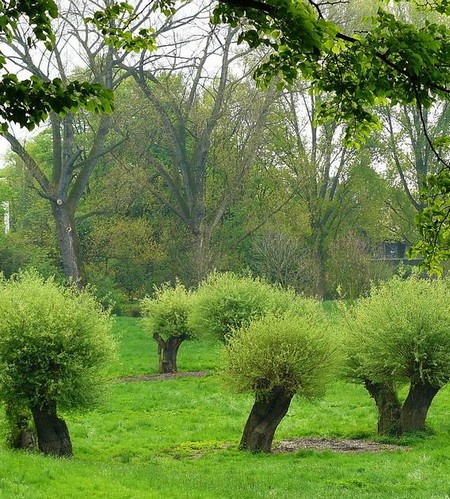

Their decrease is well documented in the Czech Republic, where coppice woodlands occurred on an area of 1 457.4 km2 in 1845 and only on 109.9 km2 in 2013. The issue is that the time required to understand this phenomenon is limited.Ĭoppicing and pollarding were the most widespread historical silvicultural systems in broadleaved forests of the European part of the deciduous temperate forest zone from the Neolithic times until the early 20th century, when they were abandoned in many European countries. Specifically, the spatial distribution of Acidophilous thermophilous oak forest habitat, Hercynian oak-hornbeam forest habitat and Dry acidophilous oak forest habitat proved to be the most useful in the study area.Īs the example in the Czech Republic shows, some of the oldest and most valuable ancient coppice woods may still occur in areas where they are no longer listed in forest evidence as a coppice because of current neglect. Due to the long-term development of ancient coppice woodlands, resulting in man-made natural ecosystems with high ecological values, it is possible to target many valuable remnants with the help of habitat mapping data. Additionally, the results of this study show even more effective and accessible predictors. Predictive indices of the likelihood of coppice woodland occurrence, which were tested in the South Moravian Region, represent an example of such a tool.

Although research in the field shows that the current numbers are underestimated (56% of the real extent of coppice woods in the study area remain unnoticed in official reports, mostly because stored coppices are already marked as high forests), the majority of coppice woodland remnants face overmaturity, subsequent felling and replacement by high forests.Ĭonsidering that the locations of the remnants are unknown, it is useful to develop tools to make the search more effective. Only 7.5% of the coppice woodland area in the Czech Republic remains when compared to the extent in the middle of the nineteenth century and currently, according to available data. Due to the speed of the decline, it is an appropriate time to appraise ancient coppice woodlands as a part of European cultural heritage, map their remnants, and try to save at least some of the most preserved and valuable ones. Although the abandonment of this traditional forest management method was forced by changes in social and economic conditions and is rational, it results in losses of many natural and cultural-historical values. Coppicing has gradually declined in recent decades in many European countries after centuries of upswing.


 0 kommentar(er)
0 kommentar(er)
